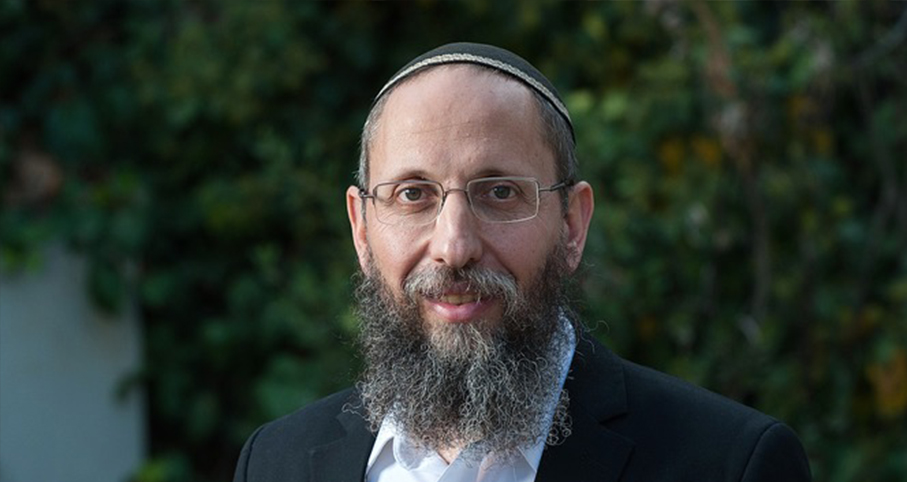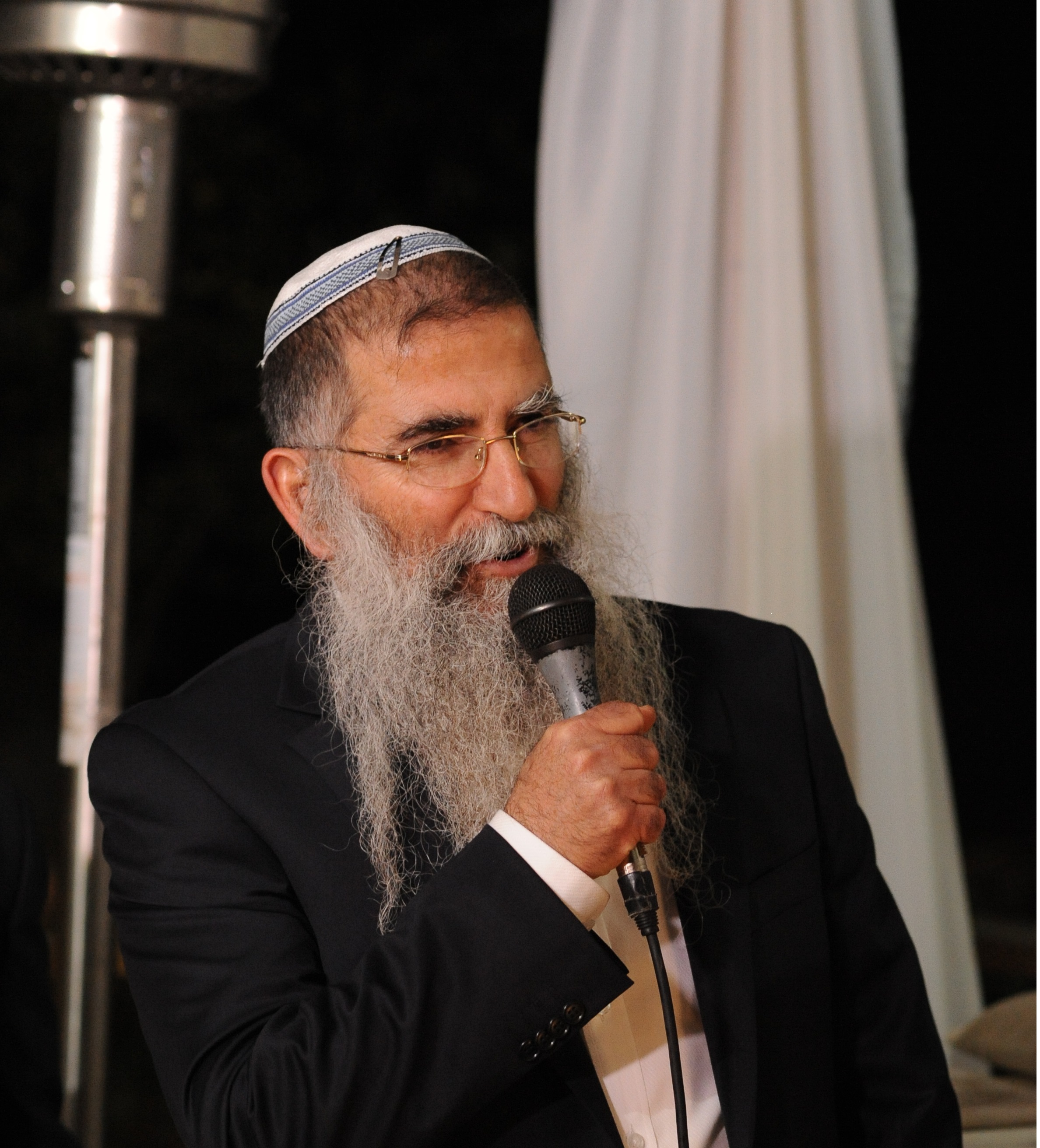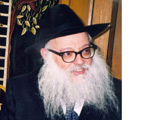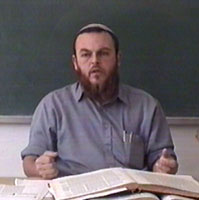Beit Midrash
- Sections
- Chemdat Yamim
- Parashat Hashavua
- Torah Portion and Tanach
- Vayikra
- Vayikra
In the days of the forefathers, Avraham, Yitzchak, and Yaakov, offerings held an important place in the service of Hashem. They built altars (see Bereishit 12:7-8). They also erected matzevot (sacrificial monuments) (ibid. 28:18,22). They apparently even served Hashem under trees that they sanctified for service of Hashem (see ibid. 21:33 and Tzofnat Yeshayahu, end of perek 6).
When the Torah was given, service involving matzevot and consecrated trees became forbidden (Devarim 16:21-22). While serving Hashem through offerings on altars remained permitted, the Torah did limit the place where it could be done. During the 369 years that the altar was in Shilo and then the 410 years in the Beit Hamikdash in Yerushalayim, offerings could be given only in these places.
After the first Beit Hamikdash was built, sacrifices became permanently forbidden on bamot (altars other than the central one for the whole nation). The ramification was that most of the public did not have an opportunity to sacrifice at most times during the year. One can view this limitation as a spiritual message that opposes too much sacrificial activity and the resulting dependency on it in order to attain closeness to Hashem.
Despite the Torah’s prohibitions in these regards, large numbers of Jews in the First Commonwealth period were unwilling to give up sacrificing on bamot, which existed throughout the country. Even when the Judean kings were righteous, they were unable to stamp out the practice, until the times of Yoshiayahu, close to the destruction of the Beit Hamikdash.
We will now try to demonstrate that the forbidden use of matzevot existed as well. In describing Avshalom’s desire for continuity despite the lack of children, the navi mentions his making of a "matzevet," and the related root is found in different forms in the few relevant p’sukim (Shmuel II, 18:17) three times.
Whenever a matzeva is mentioned in Tanach, the Targum (Aramaic translation) renders it as kamata or kama, meaning a standing object. It was a large rock which was placed in a place of worship, upon which libations of wine or of oil would be poured.
There is a spiritual connection between the claim that it is wrong to forbid altars and the claim that worship on matzevot should be permitted. Avshalom’s erecting of a matzeva was a "religious" act that went along with his approach that it was proper to have additional animal sacrifices, in various places. The fact that Avshalom is portrayed in a negative light also paints his activity in this regard negatively as well.
Let us pray that we will be able to increase and strengthen the feeling of and yearning for closeness to Hashem. In our times, we can do this by teaching Torah in a manner that sanctifies Hashem’s

Present or Inheritance... or Both?
Various Rabbis | Tevet 5768

Parashat Hashavua: Neither Menashe Nor Yerachme’el
Rabbi Yossef Carmel | Tevet 5786

Glory in the Clouds
Rabbi Yossef Carmel | 7 Shvat 5768
























